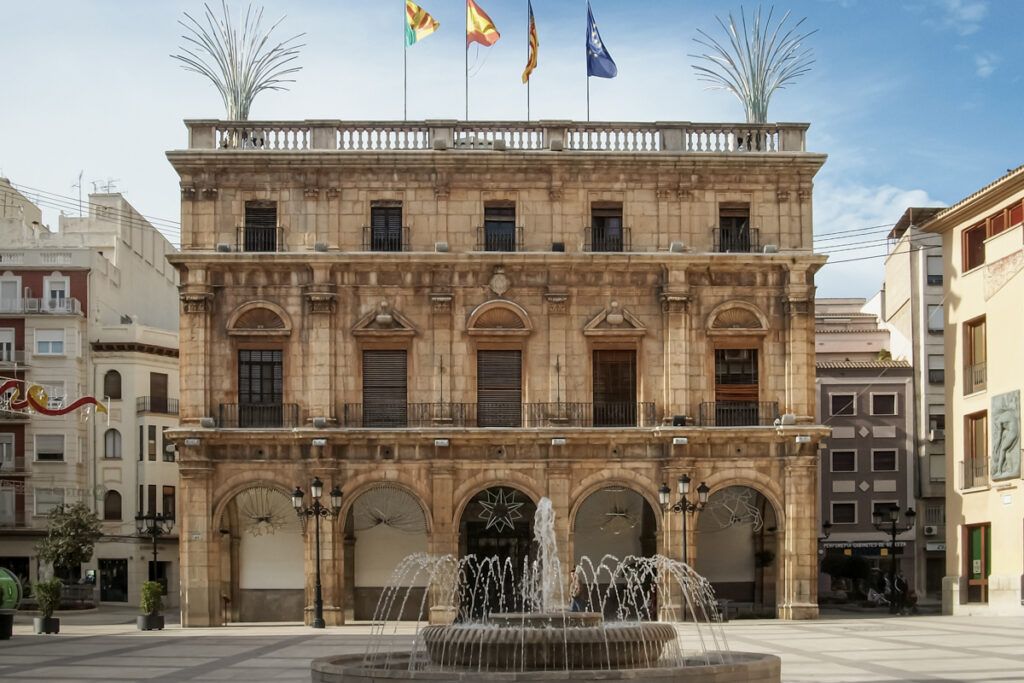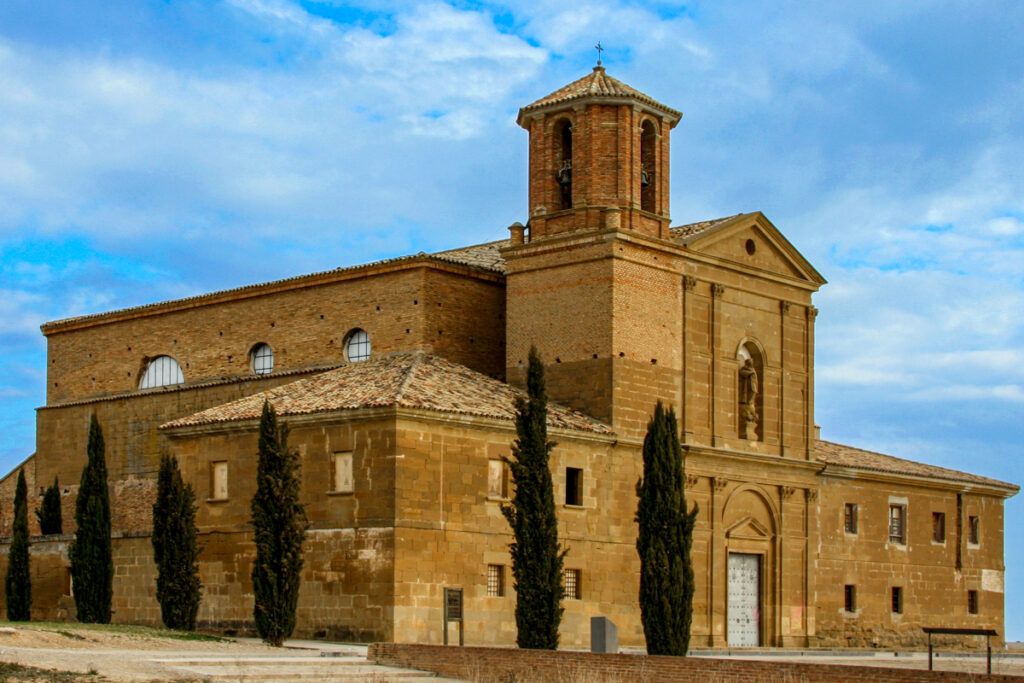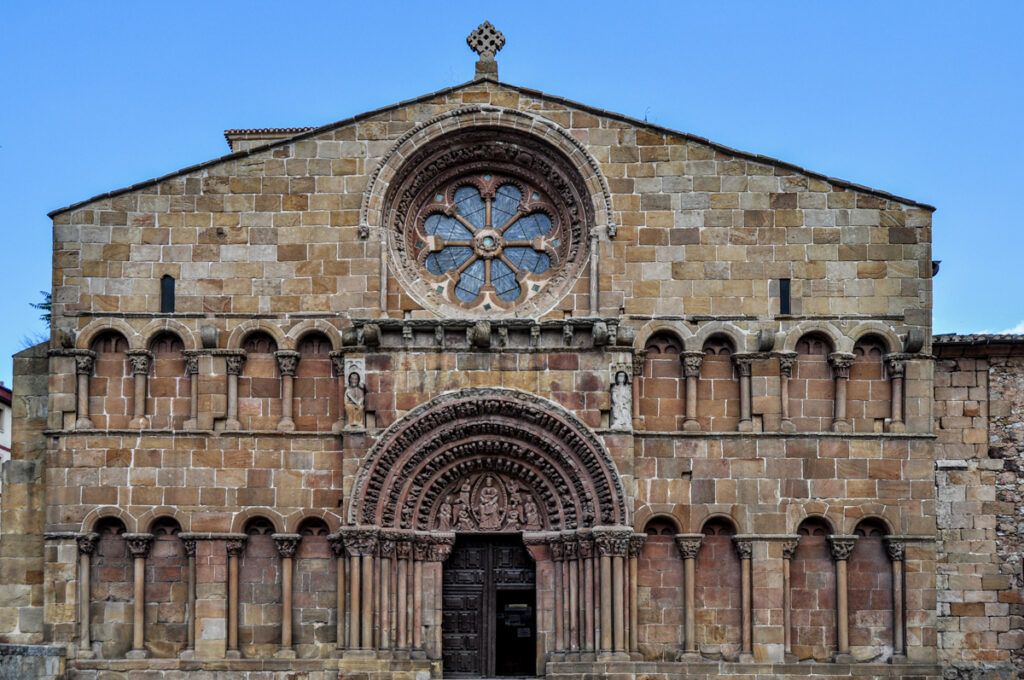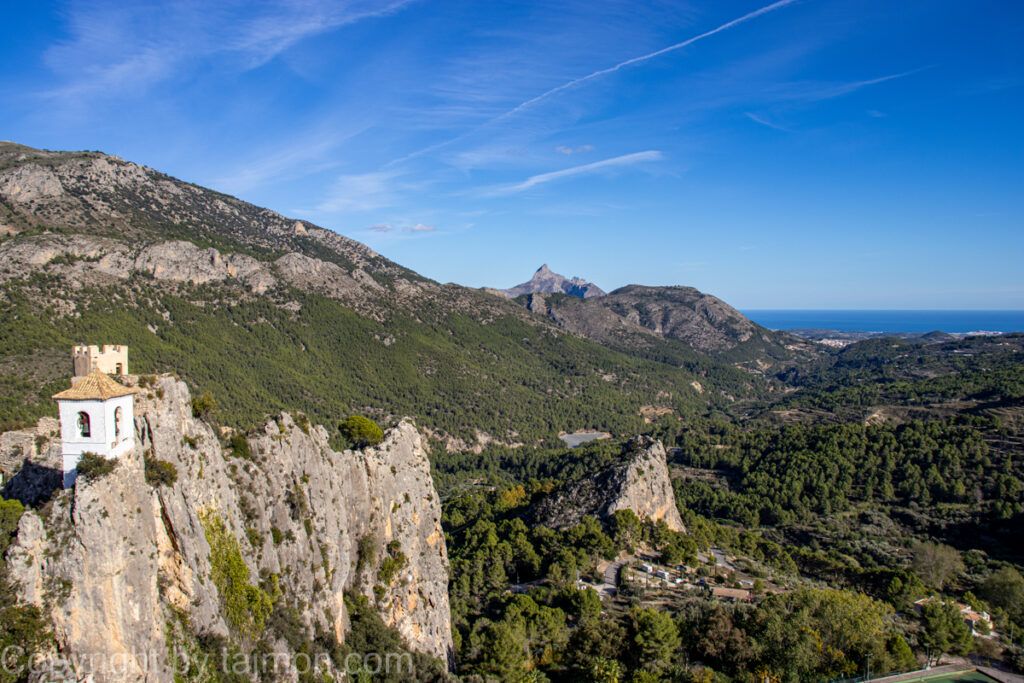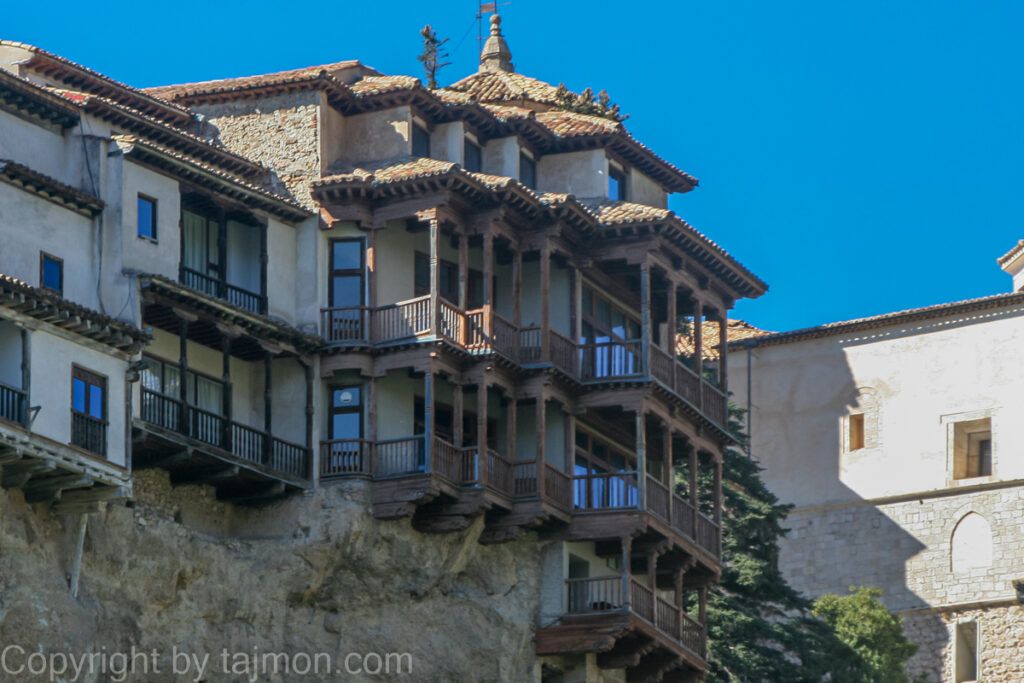Fadrella Castle or Castell Vell
On Fadrell hill, north of the city, is Fadrella Castle, the oldest and most important historical monument in Castellon. It is a fortress of medieval origin, which has witnessed and participated in many events and changes that have shaped the city.
Fadrella Castle was built in the 11th century by the Arabs, who ruled these lands. Its name comes from the Arabic word fath, which meant victory or conquest. The castle was the seat of the ruler of the alqueria Fadrell, one of the many agricultural settlements that existed in the area. The castle was a strategic defensive and observation point, from which the entire surrounding area could be controlled.
In the 13th century, the castle was conquered by King James I the Conqueror, who subjugated these lands and founded a new city on the plain. The castle then became royal property and the seat of the city’s first mayor. In the 14th century, the castle was expanded and strengthened to face attacks from pirates and rebels. In the 15th century, the castle was handed over to the Order of Montesa, which managed it until the 19th century.
In the following centuries, the castle lost its significance and function, and also gradually fell into ruin and oblivion. In the 19th century, the castle was sold to private owners, who used it as a quarry and warehouse. In the 20th century, the castle was recovered by the city and underwent renovation and conservation works. In the 21st century, the castle was opened to the public and became a tourist and cultural attraction.
Today, Fadrella Castle is an architectural complex consisting of defensive walls, a tower, a gate, a courtyard, a chapel, a palace, and a tower. On the defensive walls, you can see royal and monastic coats of arms, which testify to its history. In the tower, there is a small museum where you can see exhibits related to the life and activity of the castle. In the gate, there is a plaque commemorating the conquest of the city by James I. In the courtyard, there is a well that supplied the castle with water. In the chapel, there is an altar with a painting of Our Lady of Loreto, the patron saint of the city. In the palace, there are rooms where meetings and ceremonies took place. In the tower, there is a viewpoint from which a magnificent view of the city and the surrounding area unfolds.
It is not only a monument but also a museum. In the castle, you can visit an exhibition dedicated to the history of the city, where you can see maps, documents, photos, and models that show its evolution and changes. In the castle, you can also see an exhibition dedicated to archaeology, where you can see finds from different epochs and cultures, which testify to the richness and diversity of Castellon’s heritage.
It is also a center of culture. In the castle, various events and initiatives take place, such as concerts, performances, workshops, games, or tours, which aim to promote and disseminate historical, cultural, and educational values.
